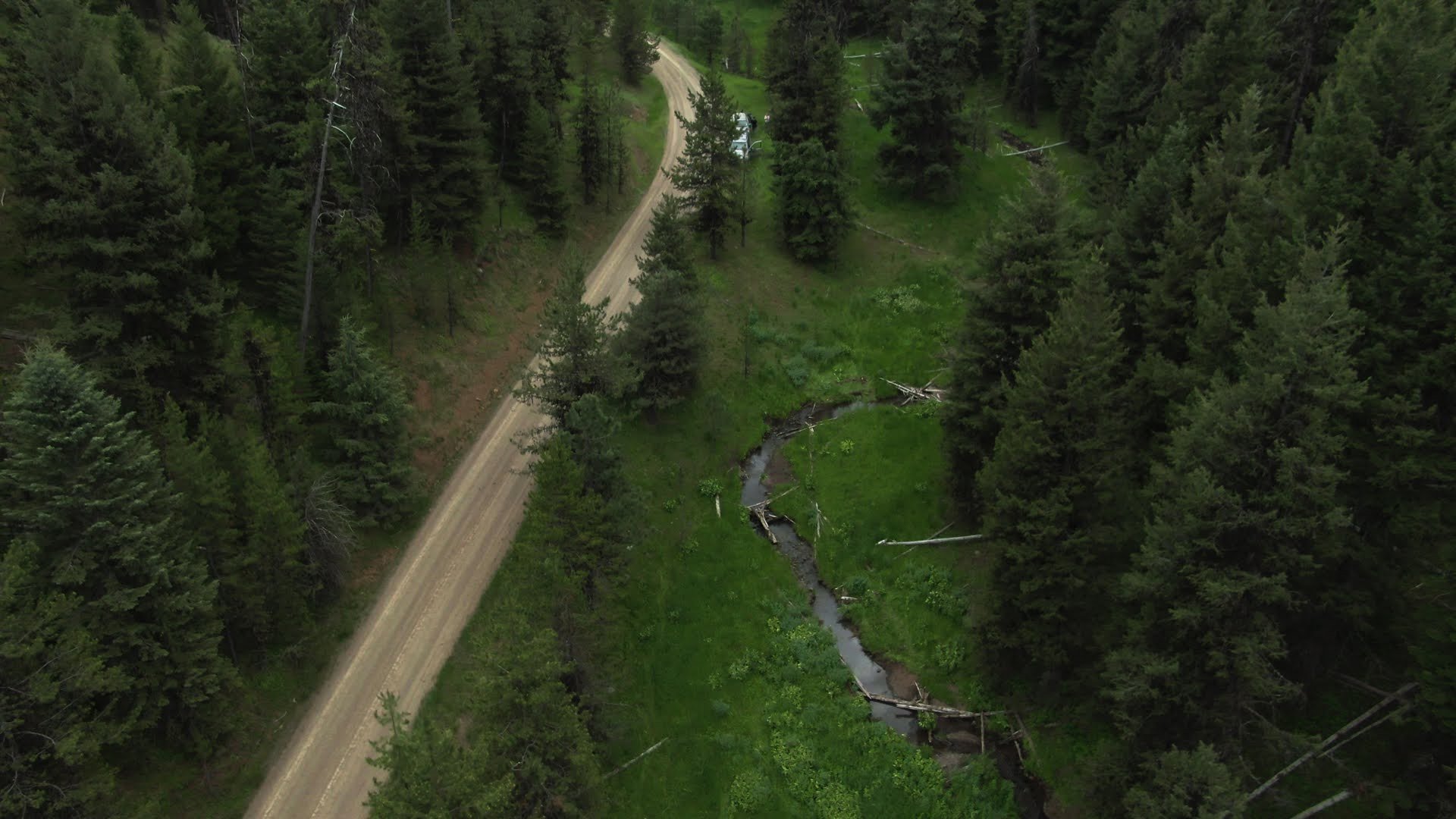
Becoming a Firewise® Community
-
An initial group of interested community members reach out to local fire and natural resource partners to schedule a community gathering to learn more about risk of wildfire in their area; landowners are encouraged to invite their neighbors!
Need some help? We have a sample email and letter that you can use to reach out to community members!
-
Create a board or committee of volunteers to represent your community, including residents and partners such as local forestry agencies or the fire department. Identify a resident leader who will be the program point of contact. The board or committee defines the boundaries of the site and determines the number of individual single family dwelling units.
Community size: Minimum of 8 dwelling units and a maximum of 2,500.
-
The board or committee will collaborate with their local wildfire expert to complete a Community Wildfire Risk Assessment to present to the community. The assessment should be a community-wide view that identifies areas of successful wildfire risk reduction and areas where improvements could be made. Emphasis should be on the general conditions of homes and related home ignition zones.
The assessment is a living document and needs to be updated at a minimum every 5 years.*
-
The board/committee will use the risk assessment to create a three-year Action Plan, broken down by year, that identifies and prioritizes actions to reduce ignition risk to homes. These plans can include communitywide investments along with suggested homeowner actions and education activities that participants will strive to complete annually, or over a period of multiple years. This document is required to be updated at least every three years.*
As circumstances change (e.g., completing activities, experiencing a fire or a natural disaster, new construction in a community, etc.), the action plan may need to be updated more frequently.
You can get inspired by this list of possible actions to be included in your Action Plan as well as a Action Plan Template.
-
When the above steps have been completed, the board or committee applies for recognition through the Firewise Portal, describing educational and mitigation work in the site.
Each year, sites renew their status by reporting their activity. An investment of $24.14 per dwelling is required of each Firewise® Community. However, this investment does not have to be monetary - many community members donate their time doing things such as clearing debris, distributing Firewise® information, or submitting homeowner tips to a newsletter. You can use the Firewise® Volunteer Worksheet to track these hours.
*Being a Firewise Community is an ongoing process. Community Risk Assessments and Action Plans are regularly updated, Firewise communities are required to host a Firewise Day every year, and they must annually track investments per house in the community (although these investments do not have to be monetary; see examples on non-monetary investments here).
National Firewise® Communities
Use the Firewise USA® interactive map to access spatial information about where our Firewise USA® sites are located and learn where wildland fires are occurring within the United States at any given time. All layers are interactive and have an associated ‘pop-up’ with attribute information.
